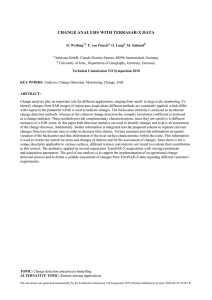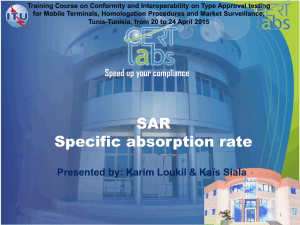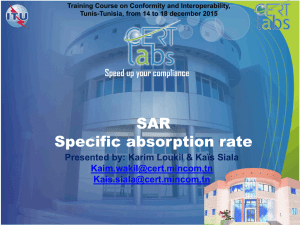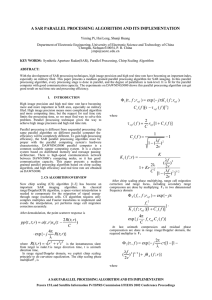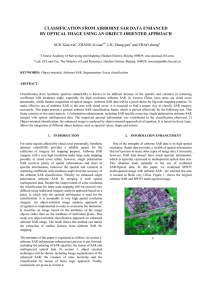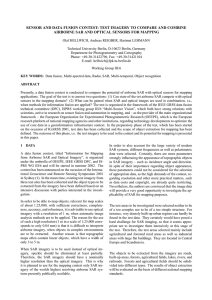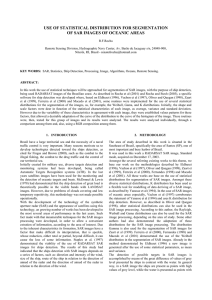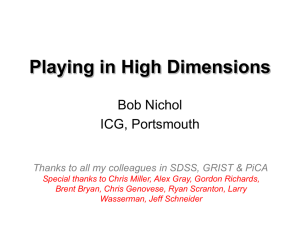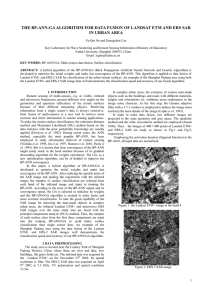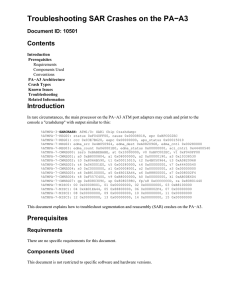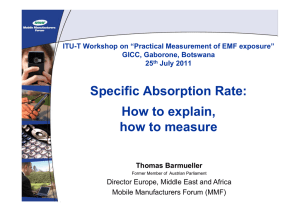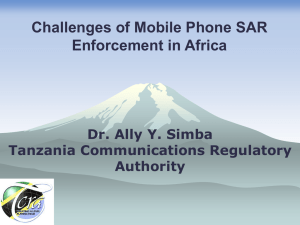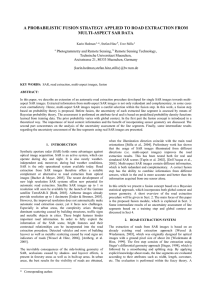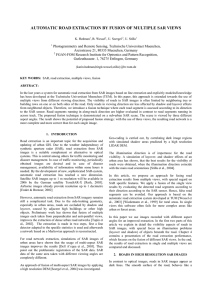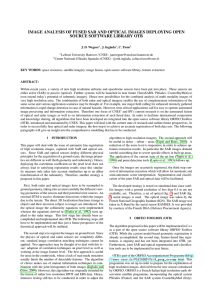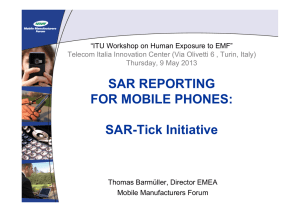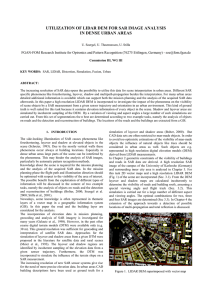FUSION OF ASCENDING AND DESCENDING POLARIMETRIC
advertisement
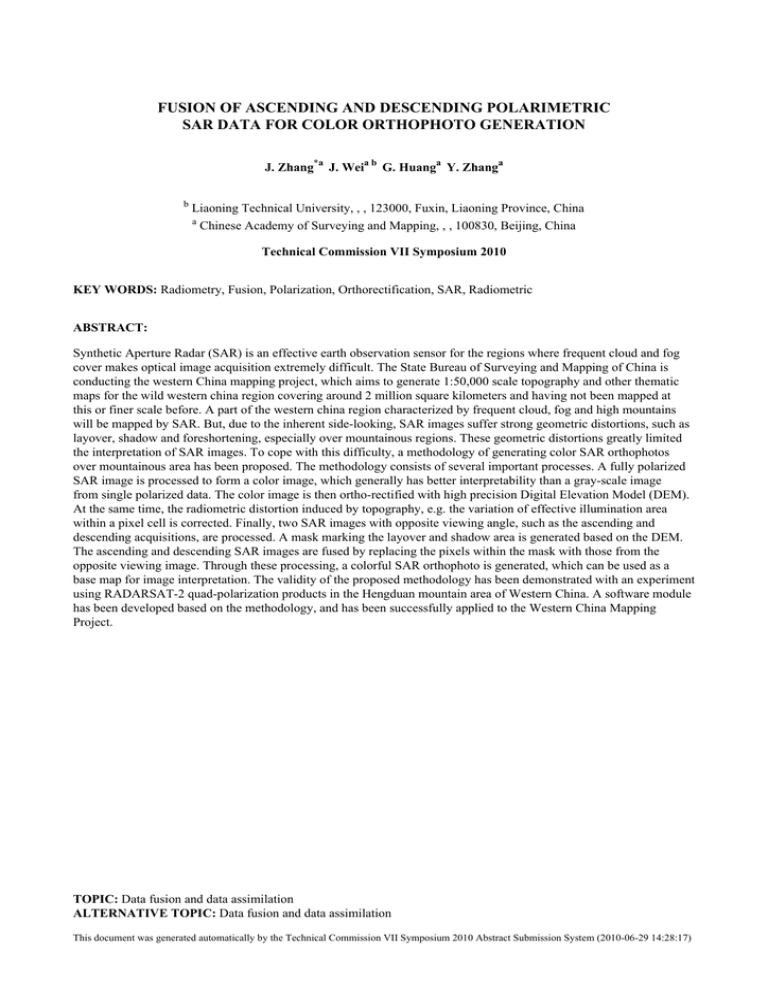
FUSION OF ASCENDING AND DESCENDING POLARIMETRIC SAR DATA FOR COLOR ORTHOPHOTO GENERATION J. Zhang*a J. Weia b G. Huanga Y. Zhanga b Liaoning Technical University, , , 123000, Fuxin, Liaoning Province, China a Chinese Academy of Surveying and Mapping, , , 100830, Beijing, China Technical Commission VII Symposium 2010 KEY WORDS: Radiometry, Fusion, Polarization, Orthorectification, SAR, Radiometric ABSTRACT: Synthetic Aperture Radar (SAR) is an effective earth observation sensor for the regions where frequent cloud and fog cover makes optical image acquisition extremely difficult. The State Bureau of Surveying and Mapping of China is conducting the western China mapping project, which aims to generate 1:50,000 scale topography and other thematic maps for the wild western china region covering around 2 million square kilometers and having not been mapped at this or finer scale before. A part of the western china region characterized by frequent cloud, fog and high mountains will be mapped by SAR. But, due to the inherent side-looking, SAR images suffer strong geometric distortions, such as layover, shadow and foreshortening, especially over mountainous regions. These geometric distortions greatly limited the interpretation of SAR images. To cope with this difficulty, a methodology of generating color SAR orthophotos over mountainous area has been proposed. The methodology consists of several important processes. A fully polarized SAR image is processed to form a color image, which generally has better interpretability than a gray-scale image from single polarized data. The color image is then ortho-rectified with high precision Digital Elevation Model (DEM). At the same time, the radiometric distortion induced by topography, e.g. the variation of effective illumination area within a pixel cell is corrected. Finally, two SAR images with opposite viewing angle, such as the ascending and descending acquisitions, are processed. A mask marking the layover and shadow area is generated based on the DEM. The ascending and descending SAR images are fused by replacing the pixels within the mask with those from the opposite viewing image. Through these processing, a colorful SAR orthophoto is generated, which can be used as a base map for image interpretation. The validity of the proposed methodology has been demonstrated with an experiment using RADARSAT-2 quad-polarization products in the Hengduan mountain area of Western China. A software module has been developed based on the methodology, and has been successfully applied to the Western China Mapping Project. TOPIC: Data fusion and data assimilation ALTERNATIVE TOPIC: Data fusion and data assimilation This document was generated automatically by the Technical Commission VII Symposium 2010 Abstract Submission System (2010-06-29 14:28:17)




